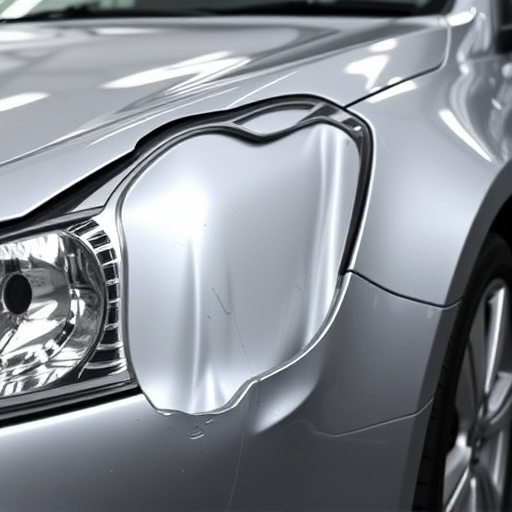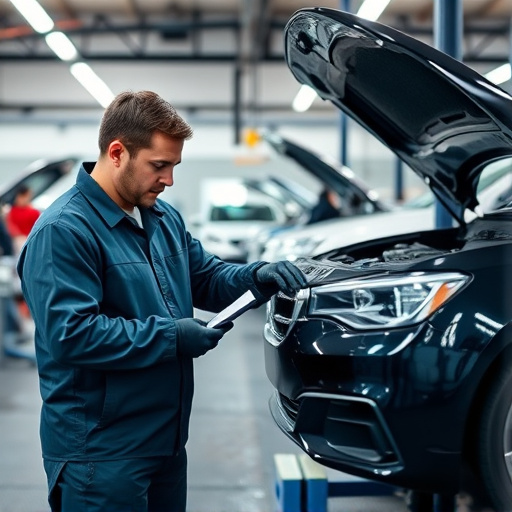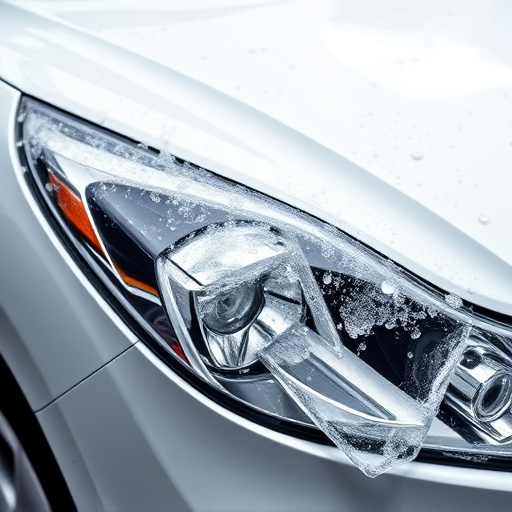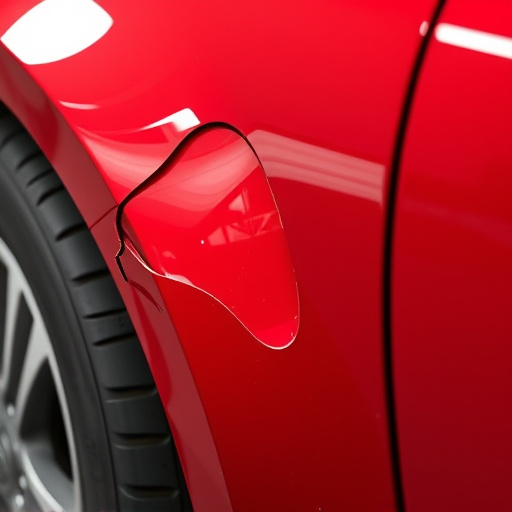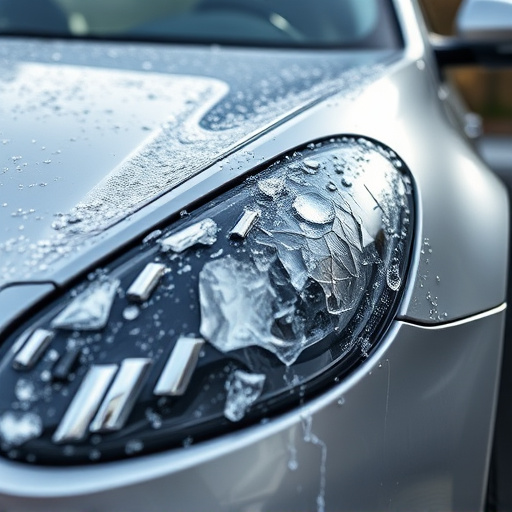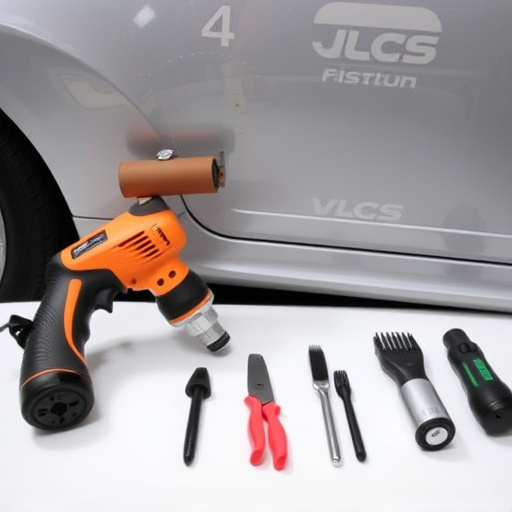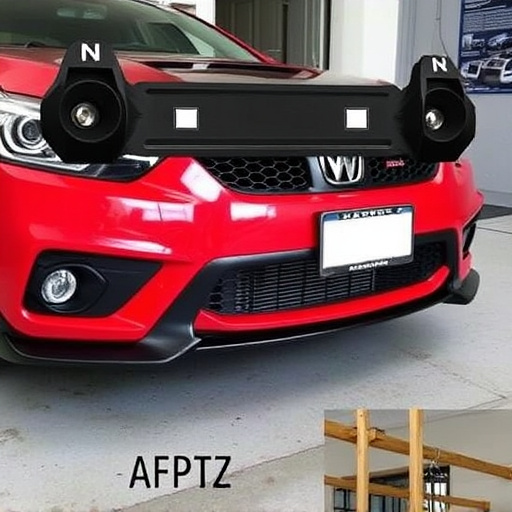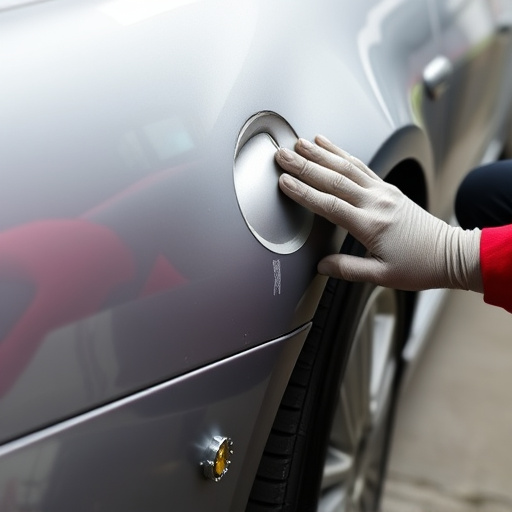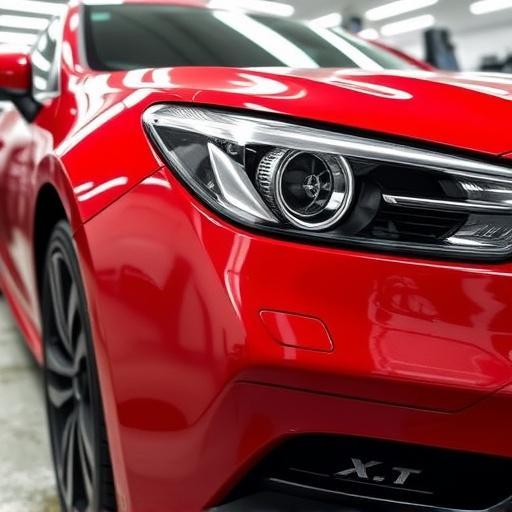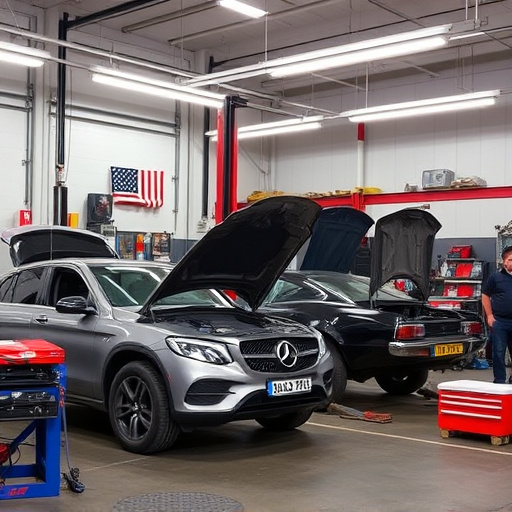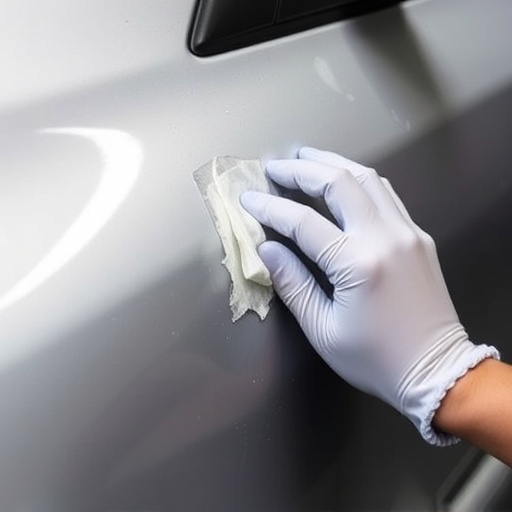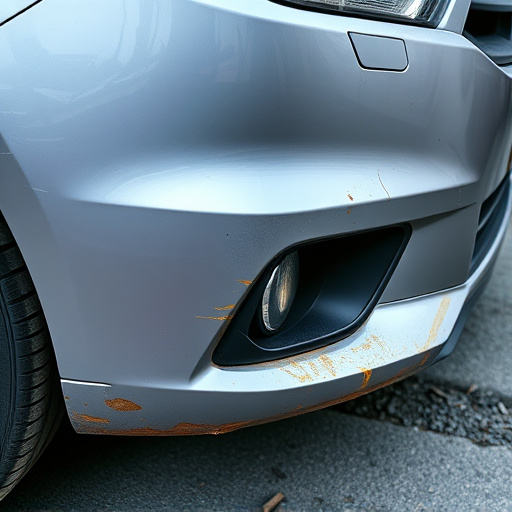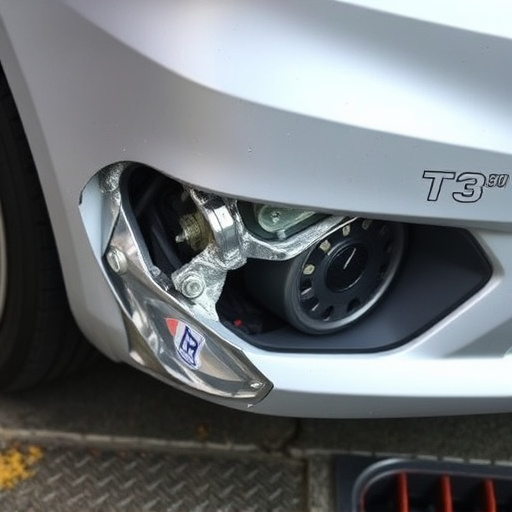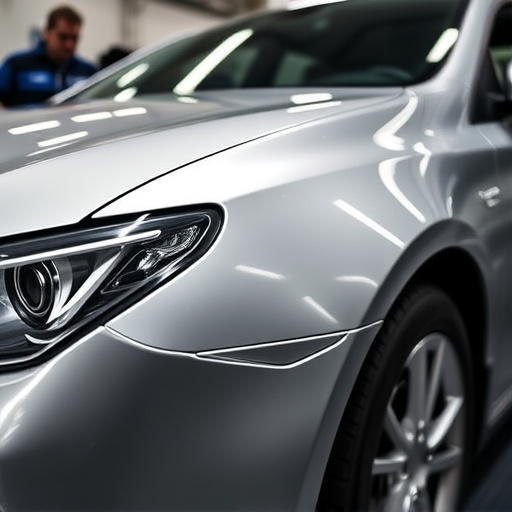Installing aftermarket auto glass demands meticulous attention to detail, including precise measurements and compatibility checks for a secure fit. Cleaning the window frame, leveraging adhesive strips, and proper sealing are crucial steps. Prioritizing reputable manufacturers and certified products ensures safety, reliability, and authentic performance. Thorough verification protects structural integrity and safety features during repairs.
“Enhance your vehicle’s safety and style with advanced tips on using aftermarket auto glass. This comprehensive guide delves into crucial aspects, starting with understanding compatibility for a perfect fit. Learn installation techniques to ensure seamless integration without compromising quality. Additionally, discover methods to verify the authenticity and performance of aftermarket glass, ensuring you get the best protection and clarity on the road. Optimize your driving experience with these essential insights tailored for aftermarket auto glass.”
- Understanding Compatibility: Ensuring Proper Fit for Aftermarket Glass
- Installation Tips: Techniques for Seamless Aftermarket Auto Glass Fitting
- Quality Assurance: How to Verify Authenticity and Performance of Aftermarket Glass
Understanding Compatibility: Ensuring Proper Fit for Aftermarket Glass
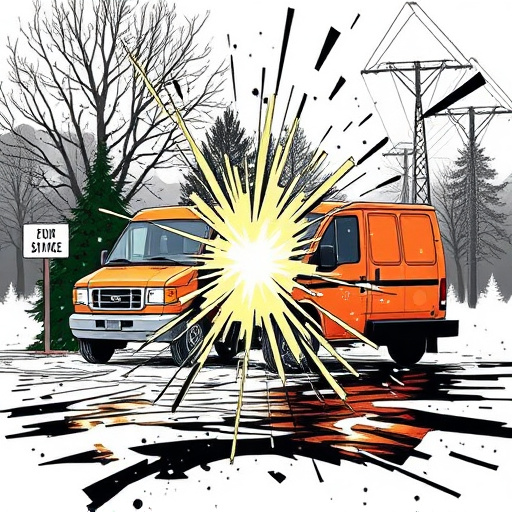
When installing aftermarket auto glass, ensuring proper compatibility is crucial for a seamless fit and overall safety. Not all vehicles are created equal, and what works for one model might not suit another. Before making a purchase, check your vehicle’s make, model, year, and specific requirements. Aftermarket glass suppliers often provide detailed fitting guides and part numbers to help ensure you get the right glass for your car. This compatibility ensures that the glass aligns perfectly with your vehicle’s design, including curves, angles, and any unique features.
Proper measurement is key to achieving a flawless fit. Take accurate measurements of your existing or damaged auto glass and compare them with the dimensions provided by the aftermarket manufacturer. Minor discrepancies in size can lead to poor sealing and potential water leakage, affecting both the vehicle’s structural integrity and the comfort of its occupants. Remember, a perfect fit not only enhances the overall aesthetics but also contributes to better handling and safety during driving conditions.
Installation Tips: Techniques for Seamless Aftermarket Auto Glass Fitting

When installing aftermarket auto glass, precision is key to achieving a seamless fit. Begin by cleaning the window frame thoroughly to ensure proper adhesion. Use a solvent designed for automotive applications to remove any residue or contaminants. This step is crucial as it creates a clean surface for the adhesive to bond with effectively.
Next, carefully position the new glass, aligning it precisely with the existing framework. Many modern aftermarket auto glass pieces come with pre-applied adhesive strips, making installation easier. However, ensure these strips are secure and well-adhered before tightening any fasteners around the window perimeter. Proper sealing is vital to prevent water penetration and maintain structural integrity during automotive collision repair or scratch repair scenarios, ensuring both safety and aesthetics.
Quality Assurance: How to Verify Authenticity and Performance of Aftermarket Glass

When considering aftermarket auto glass for your vehicle, ensuring its authenticity and performance is paramount to safety and reliability. Start by verifying the manufacturer’s reputation and the product’s certification. Reputable brands adhere to stringent quality standards set by industry regulators. Look for glass that bears a certificate of compliance, indicating it meets or exceeds original equipment (OE) specifications. This ensures the glass provides the same level of protection against impact and structural integrity as OE glass.
Additionally, check for proper installation instructions and compatibility with your vehicle model. Many reputable manufacturers offer detailed guidelines, ensuring the glass is fitted correctly, enhancing safety during driving. Remember, using aftermarket glass that hasn’t undergone rigorous quality assurance can compromise your vehicle’s structural integrity and safety features, especially in cases of automotive collision repair or hail damage repair. Therefore, thorough verification steps are essential before purchasing and installing any aftermarket auto glass.
When installing aftermarket auto glass, understanding compatibility, employing proper installation techniques, and ensuring quality are key to achieving a seamless fit and optimal performance. By carefully considering these advanced tips, you can enhance your vehicle’s safety and aesthetic appeal with authentic, high-quality aftermarket auto glass.
